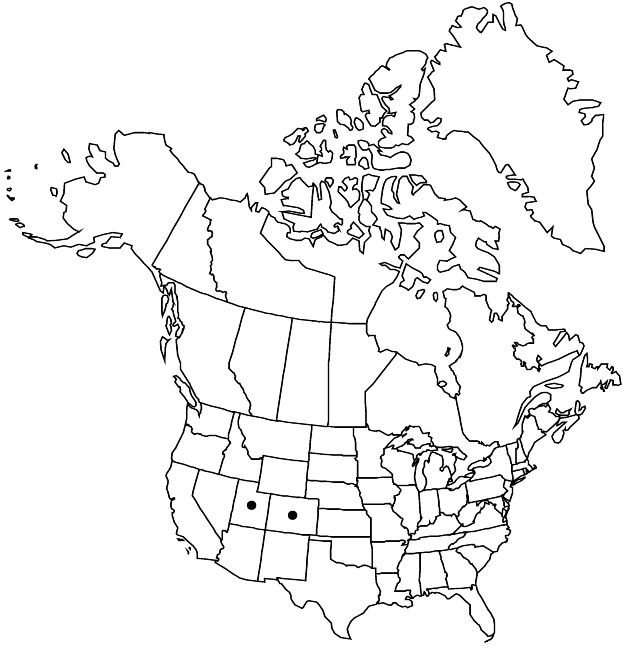Rumex pycnanthus
Repert. Spec. Nov. Regni Veg. 38: 372. 1935.
Plants perennial, glabrous or indistinctly papillose-pubescent, with fusiform or creeping horizontal rhizome. Stems erect, branched above middle (only in inflorescence), 60–100 cm. Leaves: ocreae deciduous or partially persistent at maturity; blade normally oblong-lanceolate, 20–45 × 8–10 cm, normally more than 3 times as long as wide, base broadly cuneate, truncate, or weakly cordate, margins entire, flat or indistinctly crisped, apex obtuse or broadly acute. Inflorescences terminal, occupying distal 1/2 of stem, often dense, narrowly paniculate. Pedicels articulated in proximal 1/2, occasionally almost near base, filiform, 3–11 mm, articulation indistinct or weakly evident. Flowers 10–20 in whorls; inner tepals ovate-deltoid or ovate-triangular, 4–7 × 3–5 mm, widest at or near base, base truncate or weakly emarginate, margins erose to minutely dentate at least near base, apex narrowly acute; tubercles absent. Achenes deep brown to reddish brown, 3–4 × 1.5–2.2 mm. 2n = 120.
Phenology: Flowering late spring–summer.
Habitat: Along streams and rivers in montane, subalpine, and alpine zones
Elevation: 1700-3000 m
Discussion
Rumex pycnanthus was reported (as R. subalpinus M. E. Jones) from White Pine County, Nevada (Mont E. Lewis 1973) and may occur in that state; according to J. T. Kartesz (1987, vol. 1), that record was based on misidentification of R. californicus.
Selected References
None.
